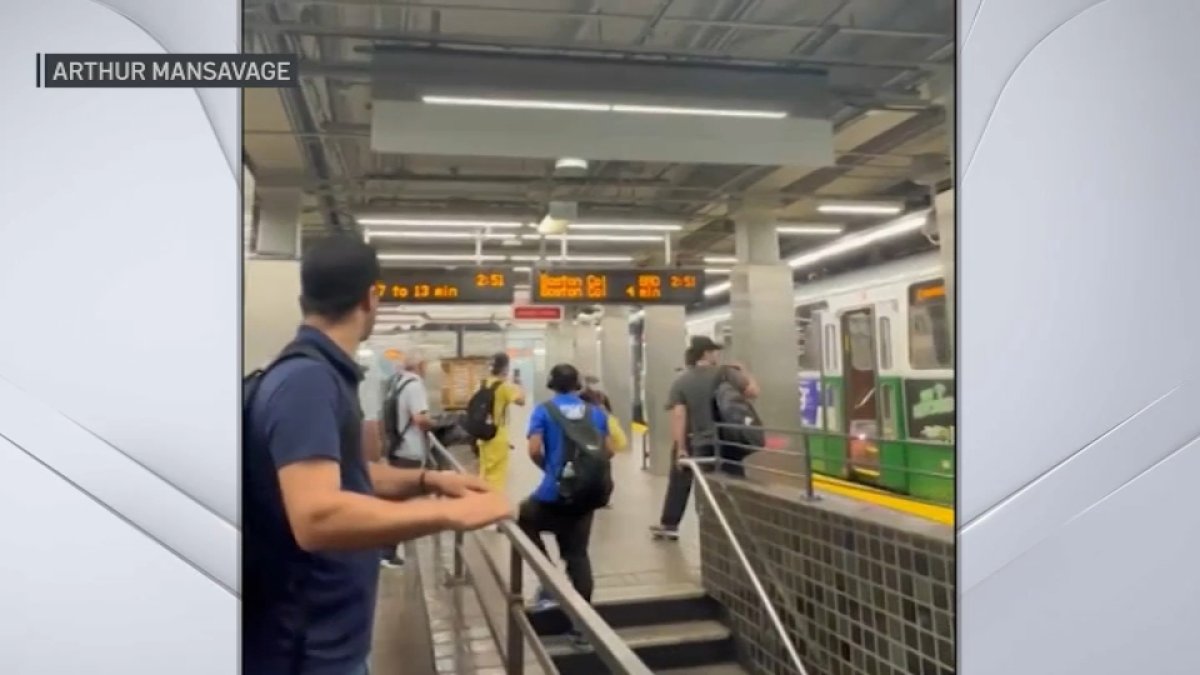cubbe8
Active Member
- Joined
- Mar 18, 2022
- Messages
- 332
- Reaction score
- 563
Quite the circular buck passing going on for this one, concisely summarized by the Globe.Apparently it was one of the Budd RDCs abandoned for years over by the Orange Line.
Other than that though: the MBTA still has RDCs on property‽ When was the last time the things ran in revenue service, the 1980s? I thought there was a typo until I checked the roster site. I get that they were sold and never removed, but surely some sort of removal covenant/clause or abandonment could have been assessed for the T to re-auction the things. Is that storage track so rarely used that these were just... Not in the way? Not even worth dragging to Rochester?
They last ran as push-pull coaches in 1989. Were sold for scrap almost 2 decades ago but the buyer never picked them up. The T had some plans around the 2004 Democratic Convention to spiff them up into office trailers...plan never went anywhere. They've simply been shoved around BET all this time. This isn't the first time they've been arsoned, either.Quite the circular buck passing going on for this one, concisely summarized by the Globe.
View attachment 28338
Other than that though: the MBTA still has RDCs on property‽ When was the last time the things ran in revenue service, the 1980s? I thought there was a typo until I checked the roster site. I get that they were sold and never removed, but surely some sort of removal covenant/clause or abandonment could have been assessed for the T to re-auction the things. Is that storage track so rarely used that these were just... Not in the way? Not even worth dragging to Rochester?
Correct. Most of the refuse was cleaned up the last few years to make more room in anticipation of GLX construction coming onsite, with what's left being taken out to Billerica, Rochester, and other nooks-and-crannies (there's some scrap gondolas still rotting at Wakefield Junction on the abandoned branch, for instance). The RDC's stayed put. No idea why...maybe their shop trucks weren't roadworthy enough to move.Those things have been there for the better part of two decades. At some point maybe ten years ago or thereabouts a bunch more dead equipment (including, I think, an ex-Amtrak MHC) got shoved over there with the Buddliners (Quite possibly including the several cars abandoned, and possibly partially derailed, on a spur on the Fitchburg I recall seeing every day for three years when that was my commute...). That track seems like it connects to one of the Boston Sand & Gravel lead tracks that frequently has cars parked on it (and over the switch), and I'm pretty sure it's not connected to anything at the outbound end, making it effectively useless for anything but cold storage. I recall hearing somewhere that the RDCs are on shop trucks, I dunno if that'd preclude moving them to Rochester even if they wanted to.

 www.nbcboston.com
www.nbcboston.com
Smoke and intense sparks were seen at the MBTA's Park Street Station in Boston Sunday after overhead wiring fell onto Green Line tracks near one of the platforms.
No one was hurt, the MBTA said, but Green Line service was suspended between Government Center and Kenmore Square, with shuttle buses replacing trolley service.
Video from riders waiting to board showed loud sparks spitting from the tracks, with customers running from a train.
Generally a percentage complete generally refers to the percent of budgeted money that has been spent (which in turns relates the amount of budgeted time used). It doesn't move linearly with time though, some work tasks are more expensive and will move the percent more than others.
There will likely be a noticeable improvement, but I'm afraid the T isn't being clear this isn't over for the Orange Line. There's a LOT more full depth track renewal that was outlined years ago as part of the initial announcement of the "Orange Line Transformation" program. I can't find the presentation anymore, but it outlined ~58,000 feet of renewal required by 2025, IIRC.
Except they were only able to do this because they're still running reduced service.All new trains this morning, they weren’t kidding.
Oh I know. I'm just surprised that they have enough sets to run 10 complete trains.Except they were only able to do this because they're still running reduced service.
